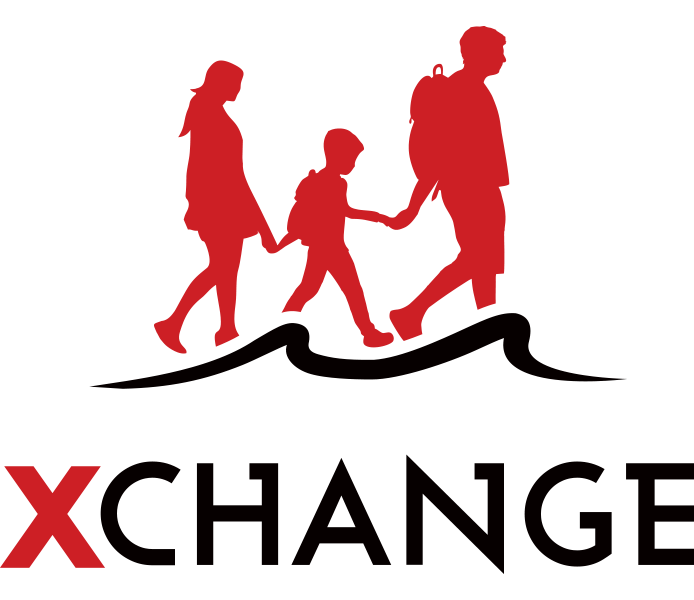A climate change fuelled conflict is engulfing a region home to more than 100 million people; the breakdown in good governance is only eclipsed by the speed at which the humanitarian situation deteriorates.
Read on to learn about how a climate-conflict nexus is consuming the Central Sahel; a region where 80% of the population survives in extreme poverty.
The Central Sahel region faces one of the most threatening crises of this decade. Following an outburst of conflict in Northern Mali in 2012, turmoil has steadily engulfed the surrounding region and has created a general state of violence, suffering and political strife.
Since 2012, Mali, Burkina Faso and Niger have faced the combined threats of armed insurgencies, food insecurity, disease, displacement, the effects of climate change, political unrest and a general breakdown in human rights.
While recently the situation has become most acute in these three countries, the Sahel crisis affects the broader region, including Mauritania, Chad, Northern Nigeria, Sudan and Eritrea; neighbouring nations such as Benin, Cote d’Ivoire, Ghana and Togo face a spillover of these threats.
Central Sahel: Humanitarian Situation
Mali, Niger and Burkina Faso rank at the bottom of the UNDP Human Development Index report of 2022.
In 2022, displacement in the Central Sahel reached its highest level since the outbreak of conflict. Mali, Burkina Faso and Niger now host more than 2.9 million IDPs and refugees, representing an increase of more than 200% between 2019 and 2021 (UNHCR). This trend is expected to continue into 2023.
Such large displacements in a climate and food-insecure region have daunting humanitarian implications. The WFP records that 12.7 million people are food-insecure. According to the WHO, over 33 million people across the Central Sahel will need emergency assistance, an increase of more than 25% from previous years.
The Sahel hosts some of the worst outbreaks of epidemic diseases, such as cholera, yellow fever, meningitis and measles.
Inadequate healthcare services are incapable of meeting demand and have been targeted by armed groups; 110 health centres which serve millions of people have been abandoned or destroyed, according to OCHA. Unsurprisingly, due to a battered healthcare system, logistical challenges and vaccine hoarding by wealthy nations, none of these countries have effectively vaccinated against Covid-19 (WHO).
The humanitarian situation is exacerbated by armed groups, who have acted as a vice obstructing civil society, crippling efforts to develop the region and respond to crises effectively.
The Malian and Burkinabe state forces, Russian Wagner Group mercenaries, IS Sahel and its more prominent rival group Jamaat Nusratul Islam wal-Muslimin (JNIM) have participated in a litany of human rights abuses.
Insurgents stand accused of manufacturing humanitarian crises that have had a horrific toll on civilian populations. Reports highlight massacres, extrajudicial executions, torture, kidnappings, sexual violence, destruction of civilian infrastructure and alleged war crimes perpetrated by these state and non-state actors. Many of these weapons of war are used on a systemic scale. In 2022 more than 2,300 civilians were killed in the region by these groups (GR2P).
Children have increasingly found themselves caught in the crosshairs. Armed groups have used violence indiscriminately against children, teachers and educational facilities, causing countless deaths and approximately 1.6 million children in the region to lose access to education (ibid). Consequently, 10 million children require humanitarian assistance (UNICEF), two times more than in 2020 and 1.4 million children under five are severely malnourished (WHO).
Climate Change
Climate change is a core component of the climate-conflict nexus of the Central Sahel; desertification, drought and floods (as well as the activities of armed groups) push different demographics to compete for diminishing resources, thus inflaming the humanitarian situation and sparking new intercommunal conflicts.
Sahelian temperatures are forecasted to rise between 2.0 and 4.3°C by 2080 – 150% faster than the global average – posing severe ramifications for populations that rely on subsistence farming and cattle herding (UNHCR). Temperature increases are prolonging droughts and causing greater weather variability, ultimately leading to food insecurity and driving the climate-conflict nexus.
Displacement Trends
The Central Sahel crisis is propelling intraregional displacement and Africa-to-Europe migration. It is an important caveat that displacements are predominantly within the region and that Europe-bound migration is less common. Nonetheless, the crisis is causing vulnerable people to make desperate journeys across the Sahel to reach human trafficking hubs in North Africa.
Mali currently hosts more than 440,000 IDPs, compared to 1.9 million in Burkina Faso and 361,000 in Niger (UNHCR). Considering the political and security volatility in these countries, it is not uncommon for refugees and IDPs to be displaced multiple times.
Conclusions
The Sahel crisis appears to be spiralling into an unprecedented emergency as displacement, hunger, and violence worsen.
The UN has warned that without sufficient climate action, the situation in the Sahel will deteriorate further and complicate reconciliation. The growing unpredictability of hazardous weather conditions will likely stoke the flames of the climate-conflict nexus and lead to further insecurity unless meaningful international measures are taken to stop these cycles of violence.



